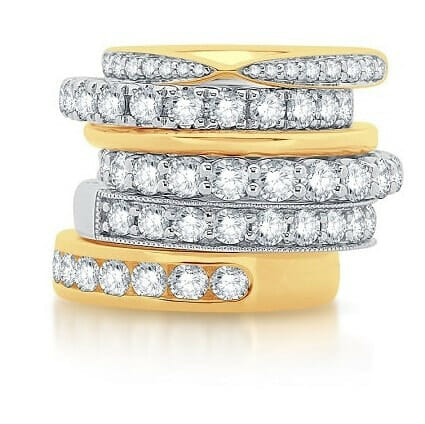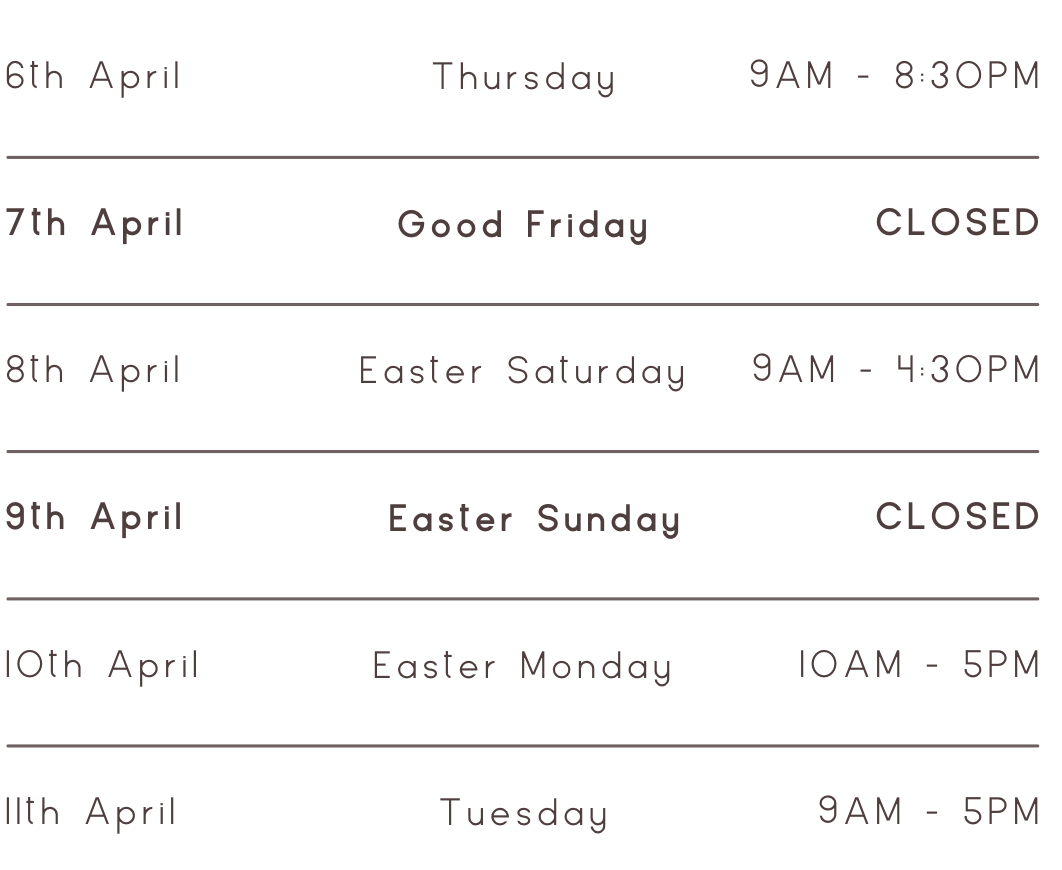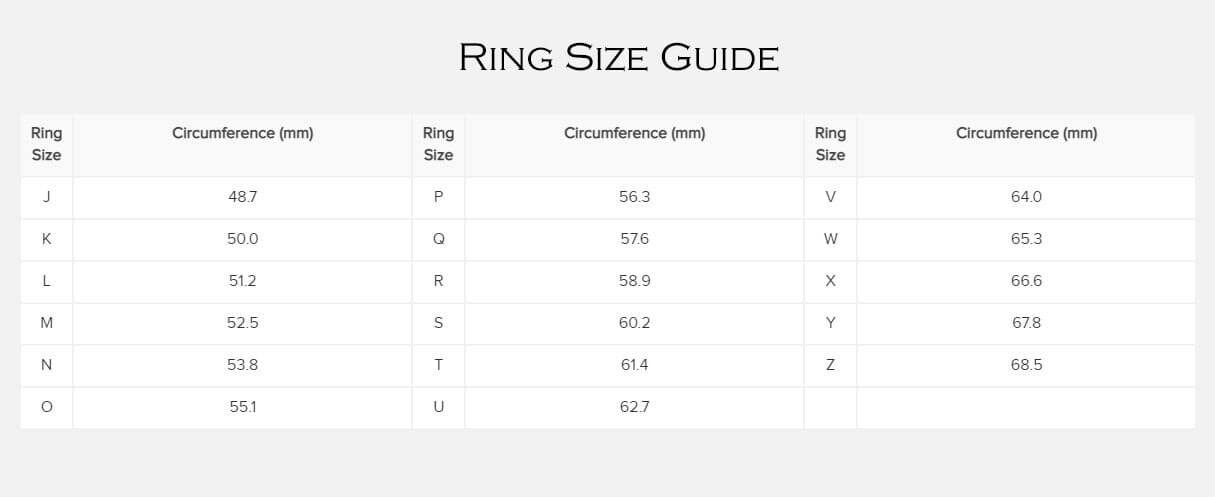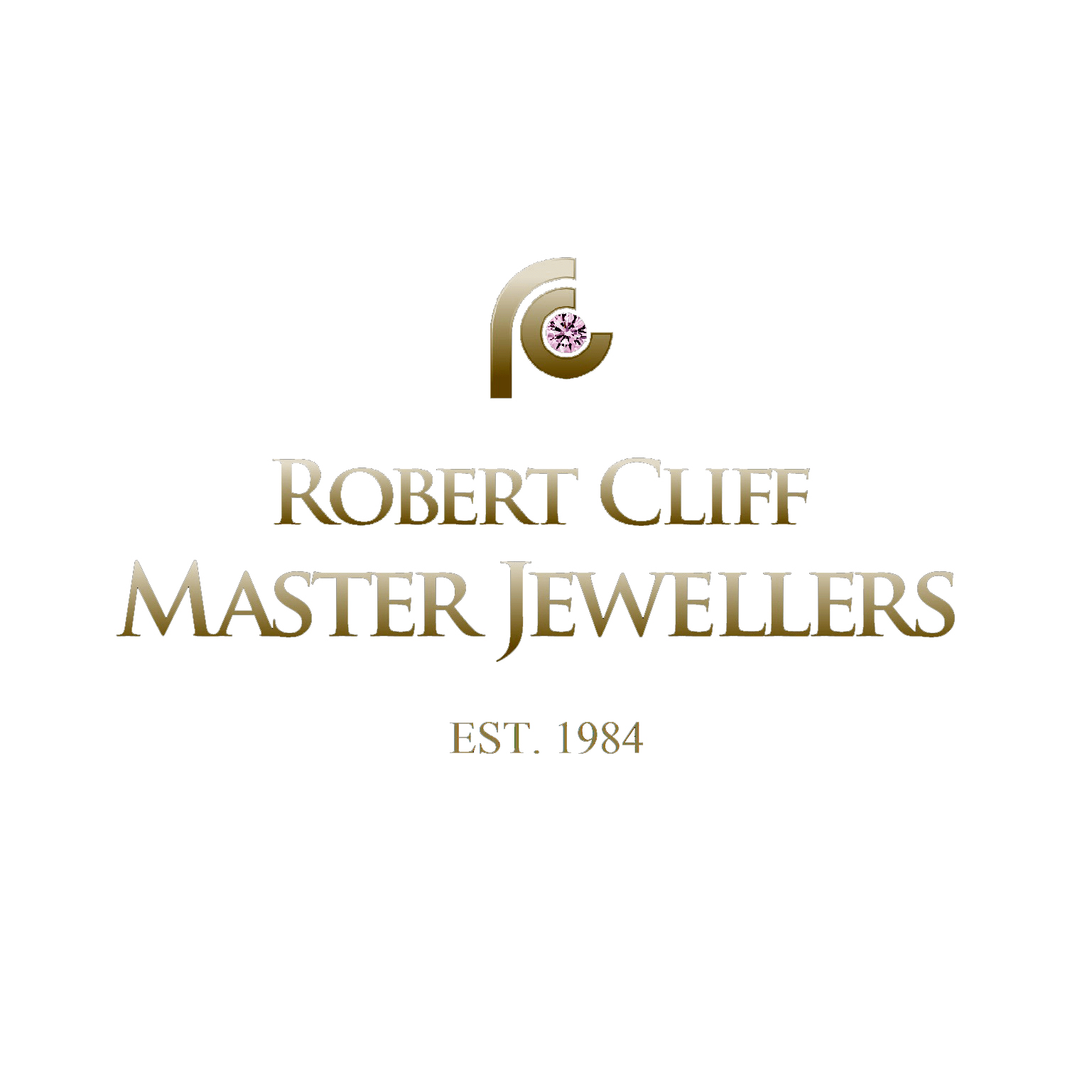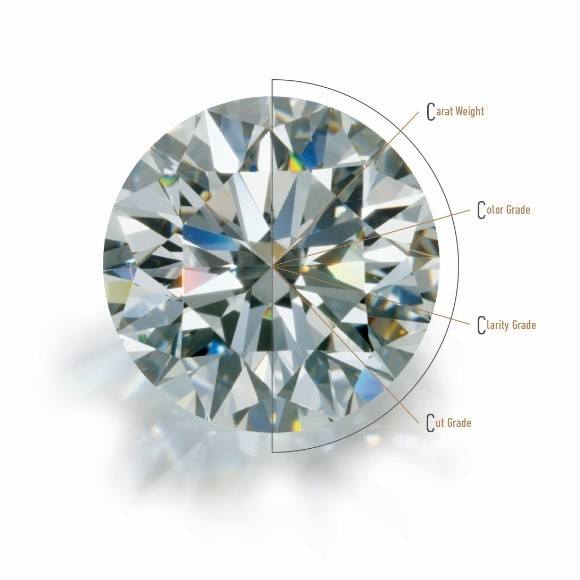
Diamonds form under high temperature and pressure conditions that exist only about 100 miles beneath the earth’s surface. Diamond’s carbon atoms are bonded in essentially the same way in all directions. Another mineral, graphite, also contains only carbon, but its formation process and crystal structure are very different. Graphite is so soft that you can write with it, while diamond is so hard that you can only scratch it with another diamond.
Diamonds have a long history as beautiful objects of desire. In the first century AD, the Roman naturalist Pliny stated: “Diamond is the most valuable, not only of precious stones, but of all things in this world.”
A diamond has to go through a lot before it reaches a Master Jewellers display case. It forms deep in the earth under extreme heat and pressure. It’s ejected violently upward until it arrives at or near the earth’s surface. It’s forced from its hiding place by nature or by man. Then it’s cleaved and cut and polished until its natural beauty shines through.
The 5 C’s Of Diamond Selection

The Cliff Criteria
Robert Cliff Master Jewellers selects its diamonds according to the GIA’s criteria, but it attains the ultimate level of excellence by choosing only the highest categories within this strict criteria. Robert Cliff is one of the few jewellers to offer such rigorous, remarkable quality.
The 4Cs are essential, but not sufficient in order to guarantee a rare and extraordinary stone. Robert goes one step further with an additional self-imposed constraint: the 5th C, “Cliff”. Every diamond is examined under a magnifying glass in order to evaluate its brightness, and ultimate brilliance. A diamond selected by Robert Cliff Master Jewellers is a guarantee that you possess a truly exceptional stone.
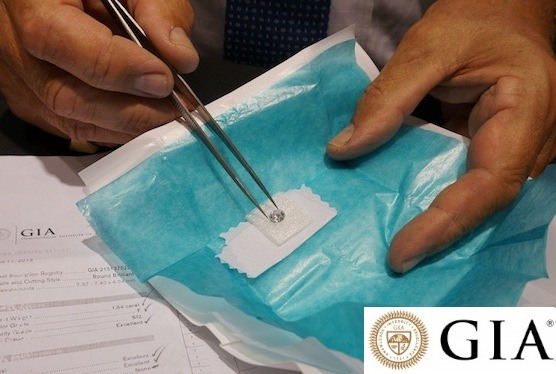
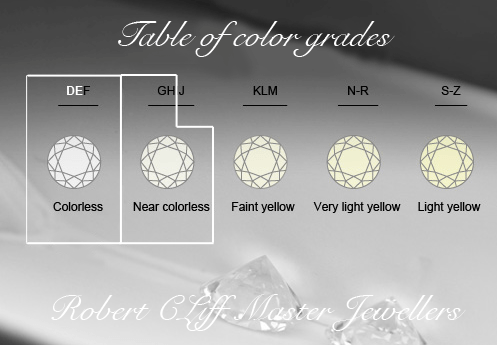
Colour
Colour is essential when determining the value of a diamond. It is evaluated on a scale ranging from D (diamond of exceptional whiteness) to Z (diamond that is “tinted” white in colour). The whiter the diamond, the rarer it is.
Robert Cliff exclusively selects diamonds for solitaires only belonging to the most irreproachable categories: D (exceptional white +) to G (near colourless), making Roberts diamond selections the best in the world.
Clarity
An essential criteria, clarity is defined by the number, size, nature, and position of the inclusions (internal and external imperfections). A diamond is considered to have the highest level of clarity if no faults appear under a 10x loupe. While almost all diamonds contain impurities, which can alter their beauty and value, a perfectly pure diamond is possible, but extremely rare. The classification for clarity ranges from FL (flawless) to I3 (inclusions visible to the naked eye). Robert Cliff Master Jewellers’ expert gemmologists only retain the cleanest diamonds, All others are rejected.

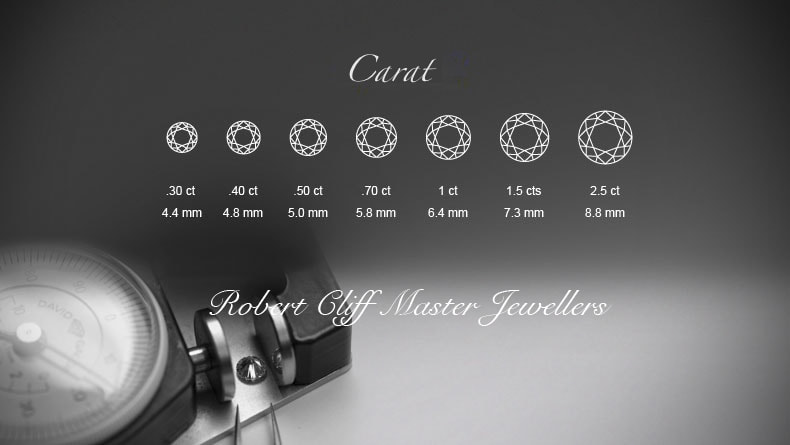
Carat
The weight of a diamond is measured according to a standard unit used throughout the world: the carat. One carat is the equivalent of 0.2 grams. A diamond’s value varies according to its number of carats and its rarity. The heavier the uncut diamond, the rarer it is.
For its engagement rings collection, Robert Cliff Master Jewellers has selected diamonds of 0.30 carat and above.
Cut
Cut is the most crucial of the 4 Cs, especially at Robert Cliff Master Jewellers, as it not only governs shape but affects and influences the Life and Brilliance of a diamond. Brilliance refers to the overall light reflected from a diamond. Aside from the shape of the diamond, from the classic round brilliant to fancy cuts, a cut is evaluated on the precision of its critical angles, its symmetry, proportions and polish. Proportions concern the relationships between the different parts of the diamond: the table (top flat facet), the crown (visible top of the diamond), the girdle (the line or edge around the middle of the diamond) and the pavilion (the underside). These relationships can affect the way the diamond interacts with light.
Robert Cliff Master Jewellers’ experts seek the perfect cut that best reveals the sparkle and brilliance of the stone. Only “excellent” and “very good” cuts are selected.
All others are rejected.
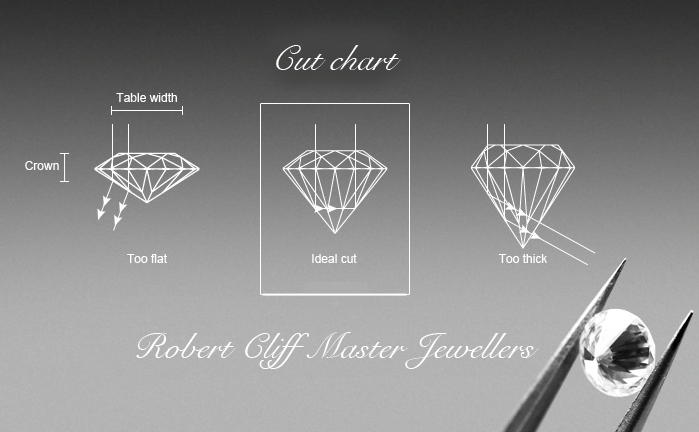
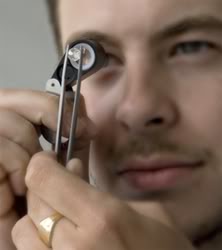
Character
Under light, and at different times of day, each diamond examined under a magnifying glass is screened for the 5th C. It must make Robert’s heart beat faster, convey unique emotion, and be the most captivating. Its beautiful spirit, bewitching charm and character render the stone irresistibly engaging. Only once it has met these rigorous conditions will it be permitted to be in a Robert Cliff ring.

More coming soon…








